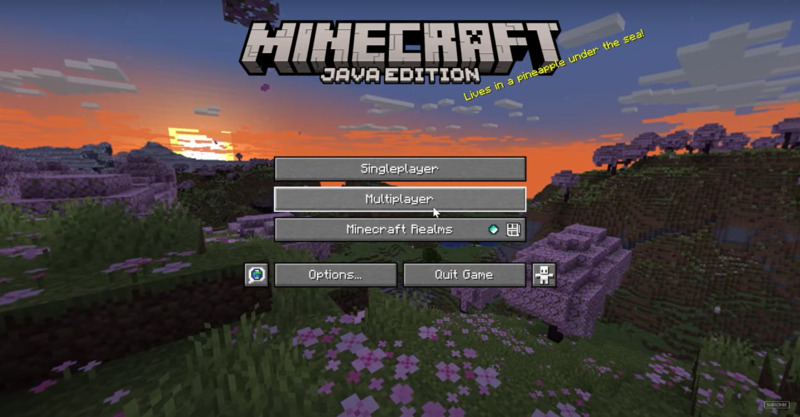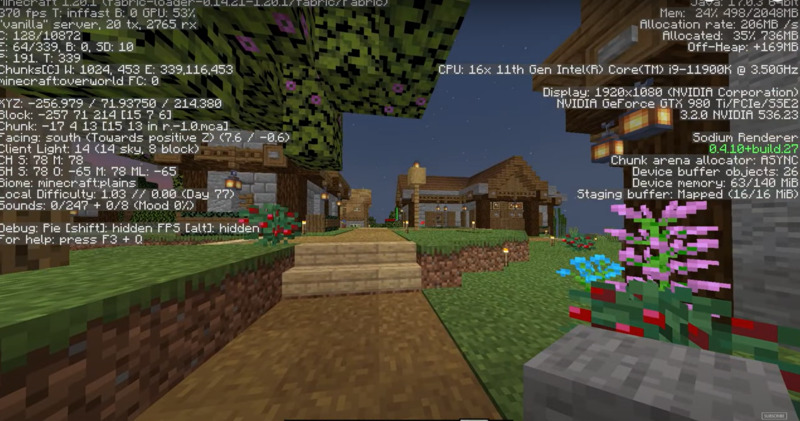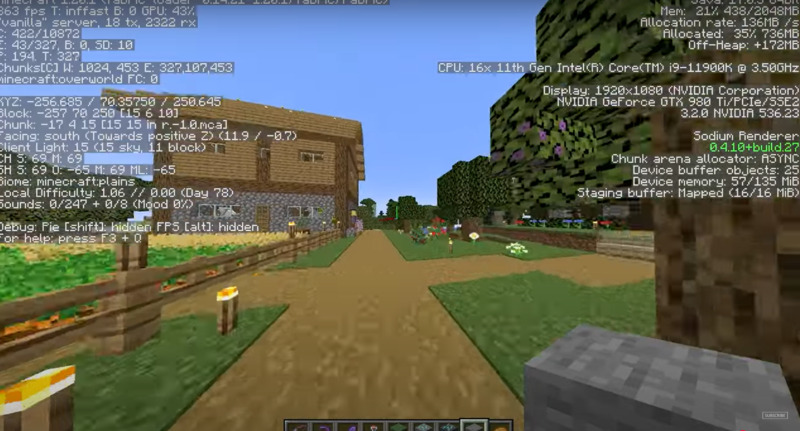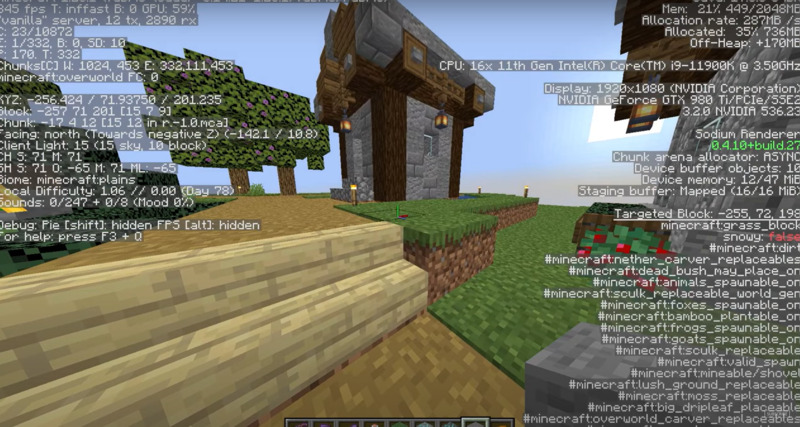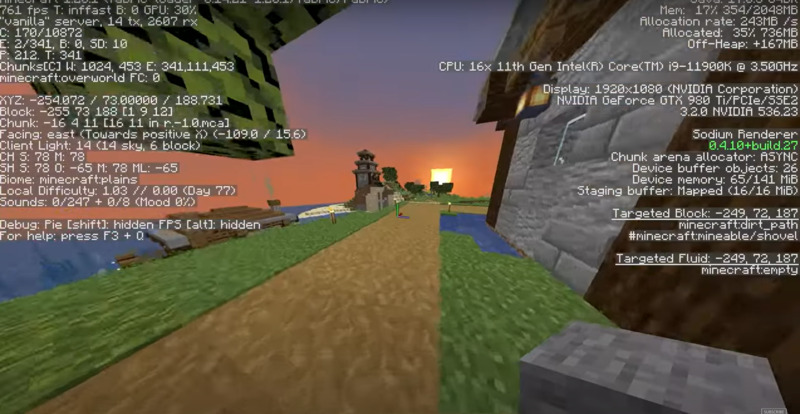FPS Booster for Minecraft
April 23, 2025
10 MB
1.21.5
Android 5.0
Description
Exploring FPS Boosters for an Enhanced Android Gaming Experience in Minecraft
An fps booster for minecraft refers to a range of techniques, modifications, or software designed to increase the frames per second (FPS) rate while playing the popular sandbox game developed by Mojang Studios. Minecraft’s appeal lies in its boundless creativity, but performance can sometimes hinder the experience, especially on mobile devices. Utilizing an fps booster for minecraft aims to smooth out gameplay, reduce lag, and make the blocky worlds more responsive, ultimately enhancing the player’s immersion and enjoyment, whether exploring vast landscapes or engaging in fast-paced PvP.
Understanding the Core Capabilities of FPS Optimization
Achieving Smoother Gameplay and Responsiveness
Higher FPS directly translates to a visually smoother experience. When frames render more frequently, onscreen motion appears less choppy and more fluid. This increased responsiveness is crucial for actions requiring precise timing, such as building intricate structures or navigating challenging parkour maps. Optimized performance reduces input lag, making player controls feel more immediate and accurate, which significantly benefits reaction-based gameplay scenarios like combat found on servers such as Hypixel.
Optimizing Performance on Various Mobile Devices
Mobile hardware varies greatly, from high-end flagships to budget-friendly options. FPS optimization techniques help bridge this gap, allowing Minecraft to run more efficiently even on devices with limited CPU, GPU, or RAM resources. By fine-tuning how the game renders graphics and manages system resources, players can achieve playable frame rates without necessarily needing the latest hardware, making the game accessible and enjoyable for a wider audience using either Java Edition concepts or adapting for Bedrock Edition.
User Interaction via Settings Menus and Tools
Players often interact with FPS-boosting mechanisms through in-game video settings menus or specialized tools and mods (like OptiFine or Sodium conceptually). These interfaces provide controls for adjusting graphical elements such as render distance, particle effects, and lighting quality. This allows users to balance visual fidelity with performance, tailoring the experience to their specific device capabilities and personal preferences for smoother gameplay over intricate visuals, sometimes facilitated through modloaders like Forge or Fabric.
Impact on Gameplay Flow and Reducing Lag
Lag and stuttering severely disrupt the flow of gameplay, causing frustration and potentially hindering progress. FPS boosters work to minimize these interruptions by optimizing the game’s rendering pipeline and resource management. This results in a more consistent and stable frame rate, reducing jarring performance dips during demanding moments like exploring new chunks or encountering numerous entities. A stable performance baseline enhances overall enjoyment and allows players to focus on the adventure.
A Deeper Look at FPS Boosting Features and Techniques
In-Game Video Settings Adjustments (Render Distance, Graphics, Effects)
One fundamental approach involves tweaking Minecraft’s built-in video settings. Players commonly adjust:
- Render Distance: Reducing the number of chunks loaded simultaneously significantly lessens CPU load.
- Graphics: Switching from “Fancy” or “Fabulous!” to “Fast” simplifies visual calculations.
- Effects: Lowering particle density or disabling smooth lighting reduces GPU strain. These changes directly impact how much the device needs to process, offering immediate performance gains at the cost of some visual detail.
System-Level Optimizations (Background Apps, Resource Management)
Optimizing the device itself can indirectly boost game performance. This involves closing unnecessary background applications that consume valuable CPU cycles and RAM. Ensuring the operating system and graphics drivers are up-to-date can also resolve performance bottlenecks. Effective resource management ensures that Minecraft has access to the processing power and memory it needs to run smoothly, preventing system-related lag from interfering with the game.
Performance Enhancement Tools and Mods (Conceptual Overview)
The Minecraft community offers powerful tools and mods focused on optimization. Concepts like OptiFine or the Fabric-based trio of Sodium, Lithium, and Starlight rewrite parts of Minecraft’s rendering or game logic code for significantly improved efficiency. These mods often provide more granular control than standard settings and can dramatically increase FPS, especially on mid-range systems, allowing for smoother gameplay even with demanding Modpacks or Shaders, often sourced from platforms like CurseForge or Modrinth.
Resource Pack Implementations for Visual Efficiency
Resource Packs primarily change textures and sounds, but some are specifically designed for performance. Low-resolution packs (e.g., 8×8 instead of 16×16) require less graphical memory and processing power, boosting FPS on lower-end devices. Others might simplify models or animations. While typically offering more modest gains than optimization mods, performance-focused Resource Packs provide an easy way to improve efficiency, particularly useful for the Bedrock Edition where modding options are different.
Why Players Value Enhancements Like FPS Boosters
Players seek out FPS boosters for numerous reasons, primarily centered around achieving a smoother, more responsive, and enjoyable Minecraft experience. For those engaged in competitive PvP on servers like Hypixel, high FPS is critical for reaction time and aiming accuracy. Others value consistency, wanting to explore vast worlds or build complex contraptions without frustrating lag spikes. Enhancements allow players with less powerful hardware to enjoy the game comfortably, while those with capable systems can push visuals further with Shaders or extensive Mods without sacrificing performance.
Final Thoughts on Leveraging FPS Boosters in Mobile Minecraft
Ultimately, exploring FPS boosters opens up possibilities for a significantly improved mobile Minecraft adventure. By understanding and utilizing various optimization techniques, from simple settings adjustments to more advanced community tools or resource packs, players can tailor performance to their hardware and preferences. Achieving a smoother, more stable frame rate directly translates to more fluid controls, reduced frustration from lag, and a generally more immersive and enjoyable experience across all facets of the game, making these enhancements well worth considering.
Images
